In my teaching job at the University of New Mexico, I cofacilitate the UNM Honky Tonk Ensemble, an ensemble focusing on country music from the ‘50s, ‘60s and ‘70s with an emphasis on teaching students to learn to play in a band and master the subtler nuances of the style. The ensemble is a mix of UNM students and community members, and is loosely modeled on the Old Town School of Folk Music’s Honky Tonk Ensemble, a group I was a part of when I lived in Chicago in the early 2000s. Recently we brought a vocal coach in to work with the ensemble on country music singing style and the finer art of learning how to perform “cry breaks” and “twang” (diphthongization).
Professionally, for me, this was a true moment of arrival: sitting in an academic music department classroom in the basement of the College of Fine Arts, surrounded by chalkboards with music staves and fluorescent lights, and watching UNM students and community members struggle—and triumph—as they dove into this musical style which, for so many, is completely “foreign” to their sociomusical worlds, I recall thinking: “Is this really my job?” This experience was further heightened by the fact that this teacher, one of our classical voice teachers in the department, is an incredibly gentle, intuitive, and yet highly effective teacher who makes students feel safe enough that they essentially put their voice (and, in essence, their selves) in her hands.
Professionally, for me, this was a true moment of arrival: sitting in an academic music department classroom in the basement of the College of Fine Arts, surrounded by chalkboards with music staves and fluorescent lights, and watching UNM students and community members struggle—and triumph—as they dove into this musical style which, for so many, is completely “foreign” to their sociomusical worlds, I recall thinking: “Is this really my job?” This experience was further heightened by the fact that this teacher, one of our classical voice teachers in the department, is an incredibly gentle, intuitive, and yet highly effective teacher who makes students feel safe enough that they essentially put their voice (and, in essence, their selves) in her hands.
But this masterclass was also a moment of arrival for me in thinking about how to diphthongization in singing and speaking (“twang”), the identities we take on when learning to make these sounds, especially if it’s a speech genre that’s not part of our regional dialectal inflection, and how we learn to code-switch between and across genres not only of speech but of music genre, too. As I watched a member of the ensemble, an instrumentalist new to singing, not only singing in public for one of the first times but bravely and playfully experimenting with “twang”—nasalizing and diphthongizing our vowels so they go from one syllable to two, as in “Viet-nay-um”—and “cry”—emulating a crying sound simulating the upwelling of emotion when singing, often alternating between head and chest registers--on Johnny Paycheck’s song, “A11” (his pronunciation of A11 was so spot on it gave me chills), I myself began to probe how to best teach working-class forms of verbal art in and through performance without calcifying, essentializing or reducing the intricacy, context, and multi-racial history of this ostensibly white, southern-identified genre of music. Moreover, having the ability to fail in a safe space and having the freedom to experiment with falsetto, yodel (rapid chest/head voice alternations), splitting the vowel nucleus with a pulse to simulate literal crying, the “ravaged” voice (pharyngealization) and thus learning to employ some of the affective, expressive devices for which masterful country singing is so well known, also seemed to be a crucial part of this experience.
One of the concerns—and legitimately so—that comes up for many students in the ensemble is that, on-stage or off, they’ll be perceived by their peers and audience members as “slumming it” or taking on a downwardly mobile identity which, in reality, doesn’t’ represent their actual lifestyles. In other words, they were concerned that their performances would be read as mockeries of—rather than homage to—the genre of honky tonk music. This is, of course, also a tried and true part of the politics of authenticity in country music, where those who are perceived to not live the lifestyle they sing about run the risk of being charged with being a “hat act” (Garth Brooks is one such example). In the band, we encourage students to think of the use of twang, and cry breaks, and the “ravaged voice” as a form of regionally and culturally specific performance practice. Thus, students are performing a regional and class-based identity when they are performing these songs.
One of the concerns—and legitimately so—that comes up for many students in the ensemble is that, on-stage or off, they’ll be perceived by their peers and audience members as “slumming it” or taking on a downwardly mobile identity which, in reality, doesn’t’ represent their actual lifestyles. In other words, they were concerned that their performances would be read as mockeries of—rather than homage to—the genre of honky tonk music. This is, of course, also a tried and true part of the politics of authenticity in country music, where those who are perceived to not live the lifestyle they sing about run the risk of being charged with being a “hat act” (Garth Brooks is one such example). In the band, we encourage students to think of the use of twang, and cry breaks, and the “ravaged voice” as a form of regionally and culturally specific performance practice. Thus, students are performing a regional and class-based identity when they are performing these songs.
In this sense, it is similar to what we learn to do as classical musicians from a very young age if immersed in this world—for example, dressing in concert black, not spontaneously speaking while you’re onstage, performing a song note for note and not clapping between movements—where the key difference is that in art music these are behaviors we’ve naturalized so entirely we no longer see them as being “foreign” or “not ours,” despite the separation of centuries from a composer’s time to ours and the composer’s identities as primarily white-identified, European men. By contrast, performing a “country” identity feels much further afield for many members of the ensemble. I would argue that this stems from another crucial distinction between the genres: aspiring to sing opera, for example, now rings of a certain upward mobility, while aspiring to sing honky tonk is an overt form, for many folks not identifying as working-class or working-poor, as downwardly mobile.
What this perspective fails to take into account, however, is our own ability to codeswitch not only linguistically, but musically: we know how to code-switch between differing musical and linguistic worlds and do so all the time, although it’s often not consciously articulated as such. It’s also where having the participation of community members in the ensemble who hail from west Virginia, Texas and beyond and who grew up playing this music, and where having the ability to perform our songs in off-campus honky tonks to audiences who know and love this music, are essential antidotes to the tendency to exoticize genres we don’t yet know or aren’t yet culturally comfortable with. Once students see that the songs they’re playing are known and loved by their bandmates and dancers and listeners—in other words, that they’re meaningful to them and thus have a prior social context—the dynamic of the group self-corrects and shifts quite quickly.
What this perspective fails to take into account, however, is our own ability to codeswitch not only linguistically, but musically: we know how to code-switch between differing musical and linguistic worlds and do so all the time, although it’s often not consciously articulated as such. It’s also where having the participation of community members in the ensemble who hail from west Virginia, Texas and beyond and who grew up playing this music, and where having the ability to perform our songs in off-campus honky tonks to audiences who know and love this music, are essential antidotes to the tendency to exoticize genres we don’t yet know or aren’t yet culturally comfortable with. Once students see that the songs they’re playing are known and loved by their bandmates and dancers and listeners—in other words, that they’re meaningful to them and thus have a prior social context—the dynamic of the group self-corrects and shifts quite quickly.
This inherent ability to code-switch—and others’ frequent assumption that we are only “one genre” capable—really hit home for me in a slightly different context, when I recently met a musician who plays primarily heavy metal, and who had first “met” me through listening to my recorded music rather than in live performance or in person. When we first began to speak, he admitted to me that he was (pleasantly) surprised that I didn’t speak with a “deep southern drawl,” as his fear, in listening to my music, was that I would speak/sound “like a redneck.” The initial shock and umbrage at his choice of wording notwithstanding and the fact that in addition to country I record and perform in Navajo, Norwegian and Italian and have a PhD from Duke, this comment really forced me to think about the identity I perform when singing/recording country music and the ways in which I wear different identities in the different spheres in which I operate (as professor, country musician, ethnomusicologist, cultural anthropologist, ethnographer, rural-identified New Englander, daughter of a southern mother/military BRAT, rancher, lapsteel player/singer in Navajo country western bands). Am I misleading people by “twanging” some of my vowels when I sing country-inflected songs if I don’t necessarily speak this way? Am I pretending to be something I’m not? Are my own performances being mistakenly read as mockeries rather than homages to a genre of music I study, play, write and love? On the flip side, am I stylistically boxing my own self in by identifying as a country artist, so that the self-identified country music “haters” (there are many) who listen to me then dismiss my music altogether? Finally, the metal musicians’ response also reminded me of an anonymous comment I once received in a student evaluation, in which the student said that I was using the contraction “y’all” (and sometimes even “all y’all”, a carryover from my Hillsborough, North Carolina days!) too often in the classroom and that this language use seemed unprofessional and made me seem “uneducated” to them; in other words, it was “unprofessorial.” Again, I was not only shocked but also genuinely intrigued by this comment, and promptly brought it back, the next semester, into the classroom as further fodder for our class unit on region, sociophonetics, dialect and perceptions of social class. Why, in this case, was it not ok for me to express my own regional identity in the more formal space of the classroom, and what about my language use in this setting made my student uncomfortable?
So: to twang or not to twang? As I like to tell my students, this is, indeed, the question. To do it mindfully, and conscious of the socioeconomic weight that it bears, and knowledgeable about the contextual the code you’re drawing from is, certainly, essential. And to learn to do so in an environment free from judgment where one can experiment, and fail, and gain a full appreciation for the labor and the craft that is fine country singing, alongside folks who already love the genre and have spent their lives studying it, is equally essential. For me, as a singing ethnographer, these two tools—a sense of safety and knowledge of the contextual codes we’re cuing—are an essential starting point to bridging the gaps of race, social class and urban/rural divides that so strongly divide us as U.S. citizens, right now.
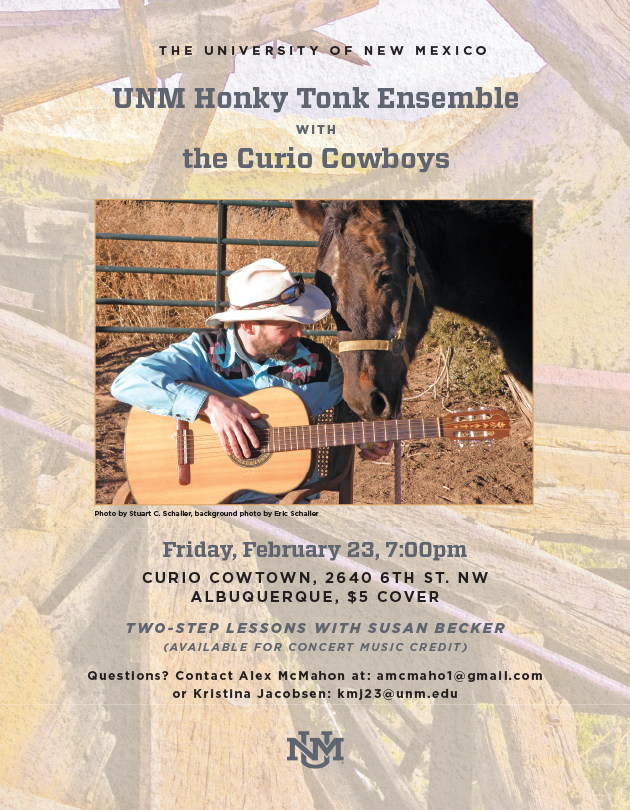 Poster by Jana Fothergill, Spring 2017; used with permission.
Poster by Jana Fothergill, Spring 2017; used with permission.
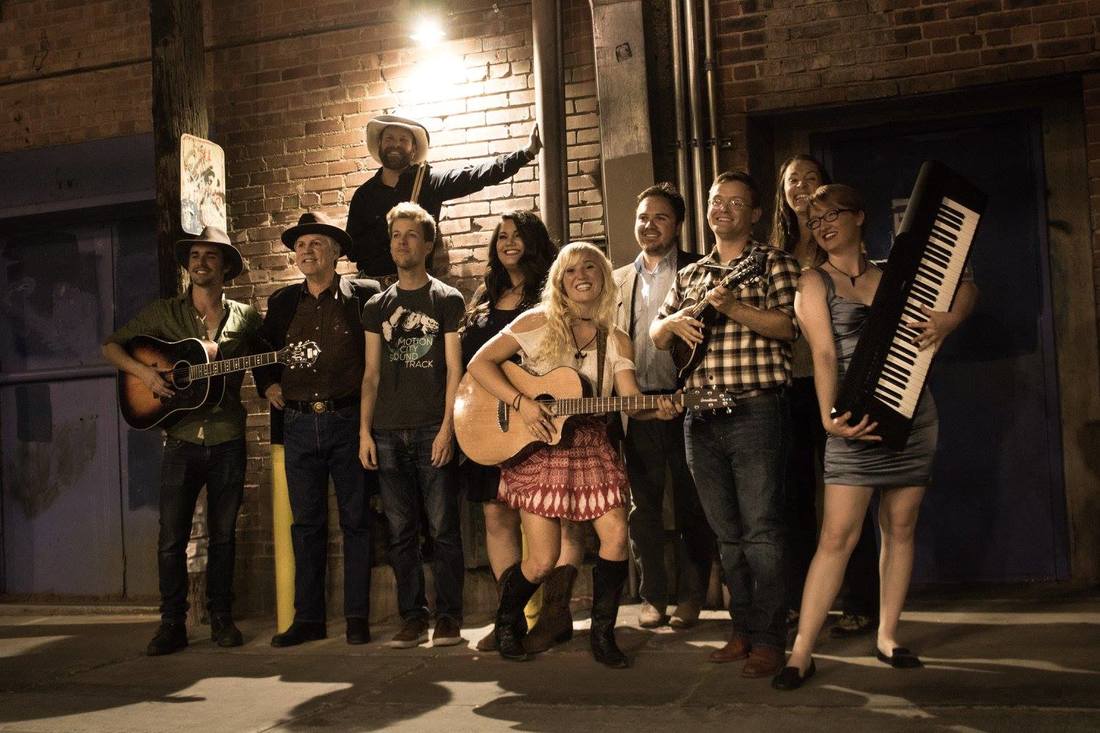
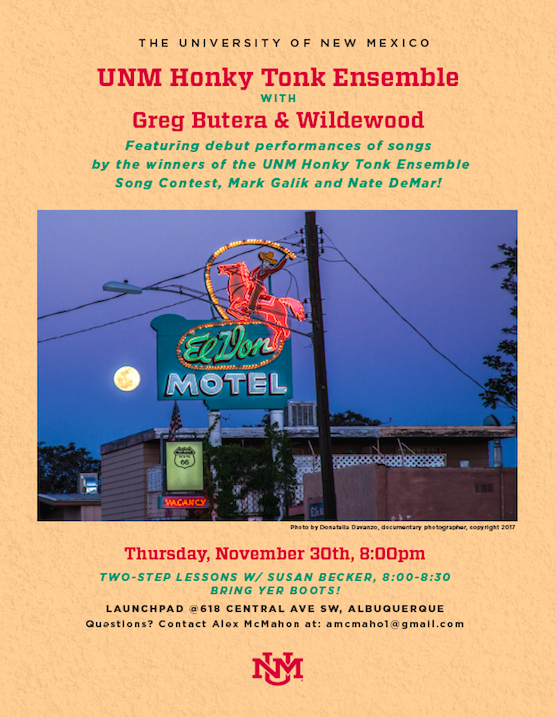
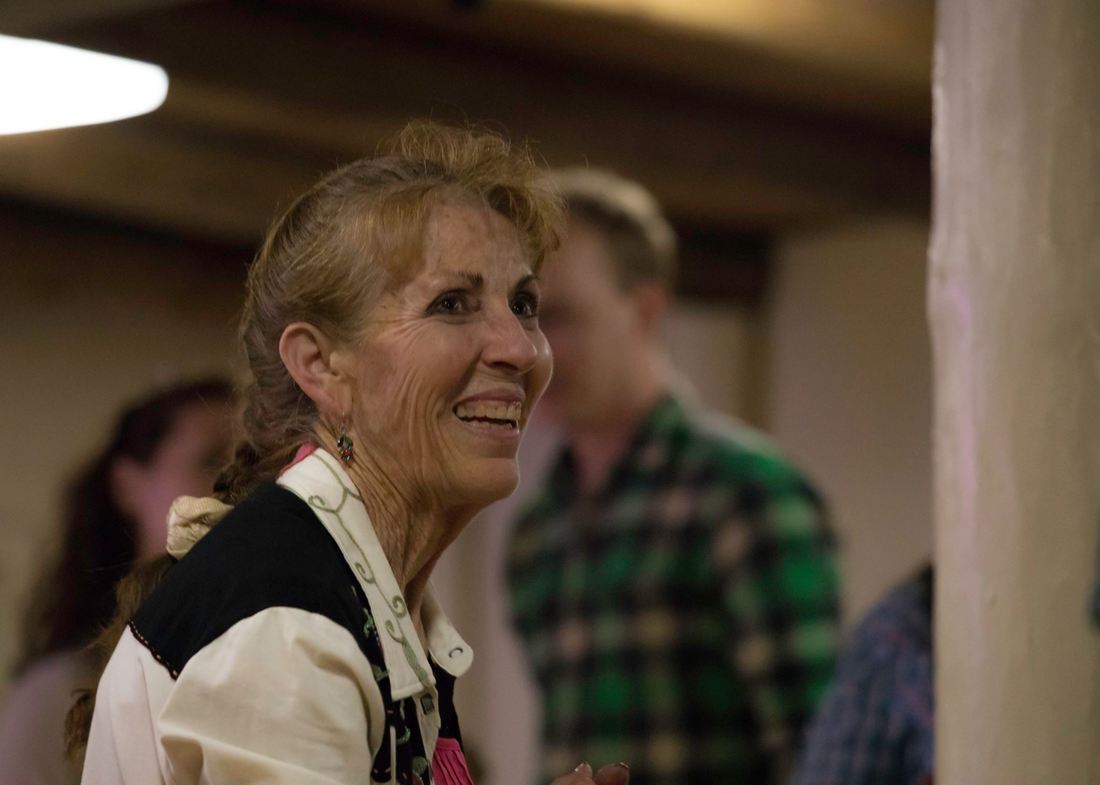
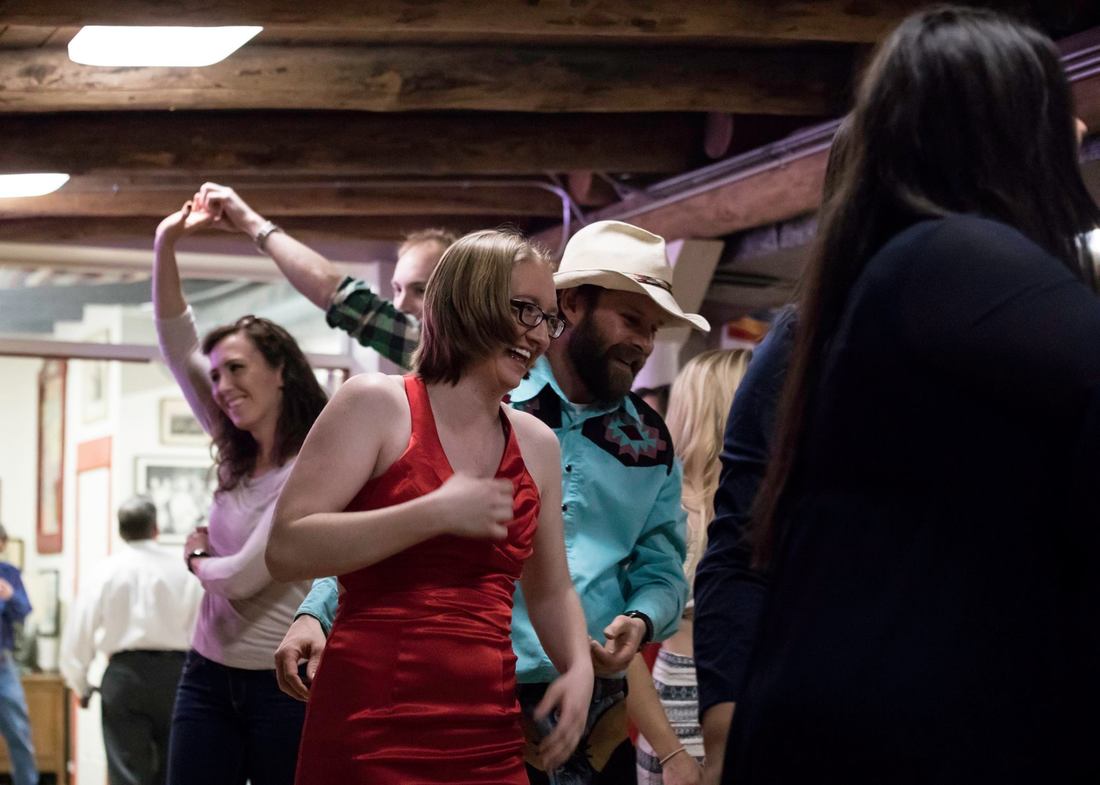
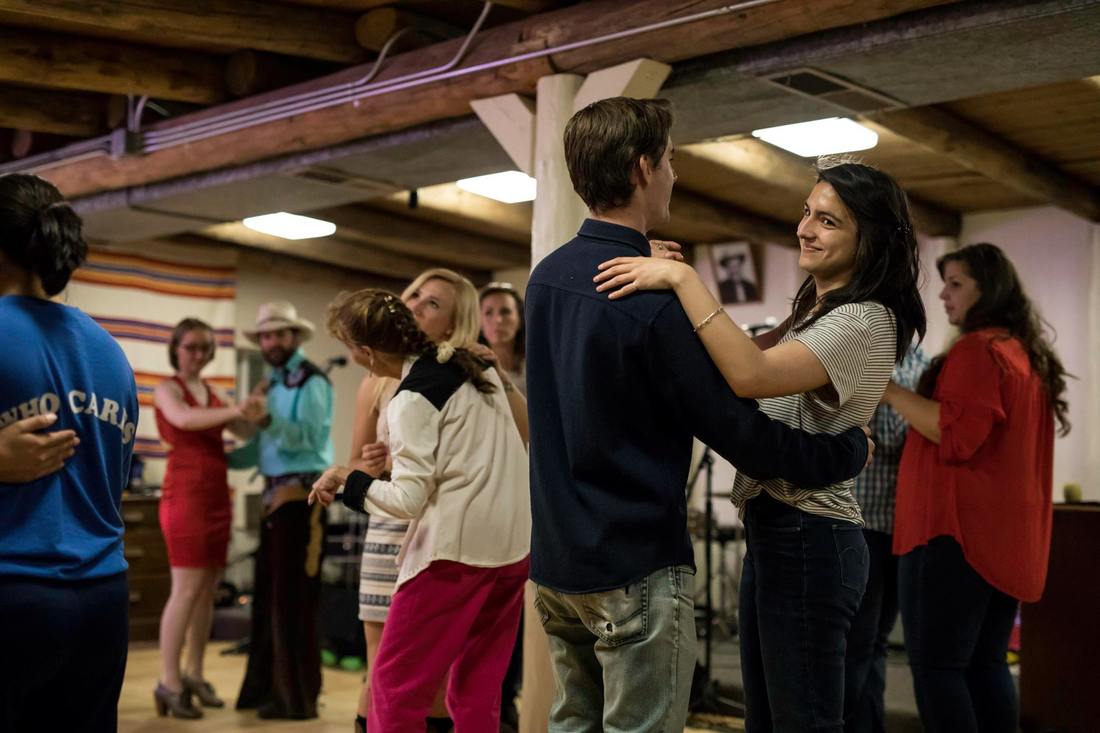
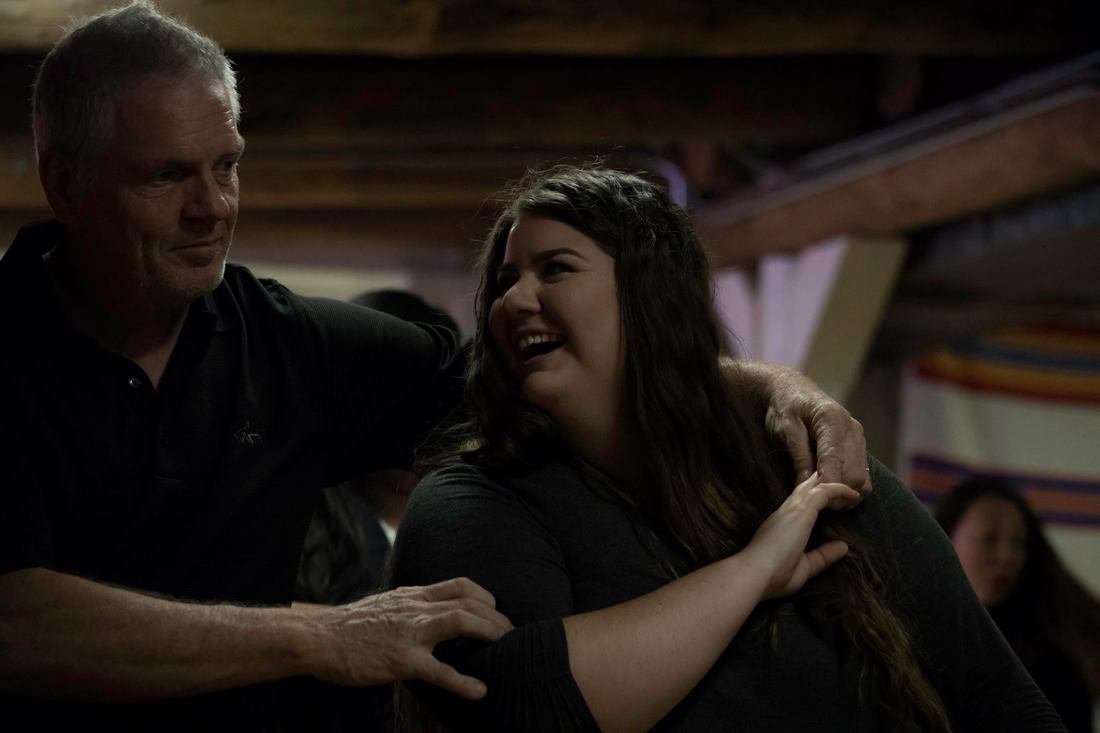
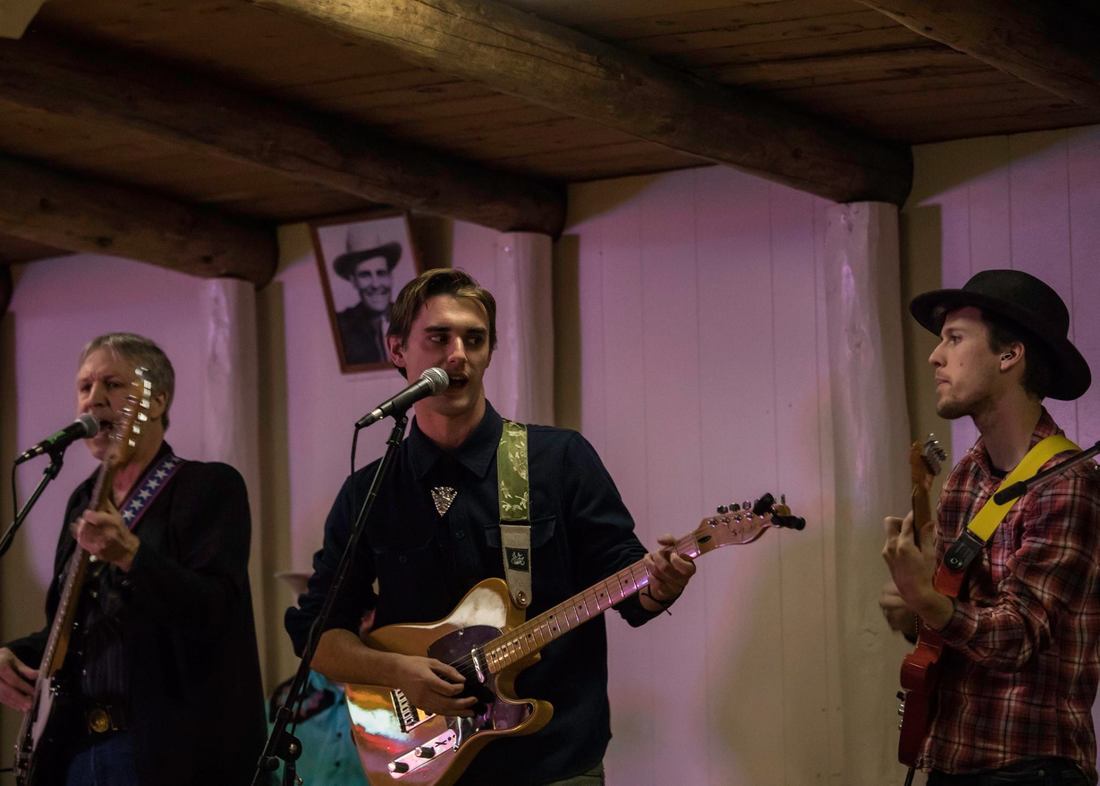
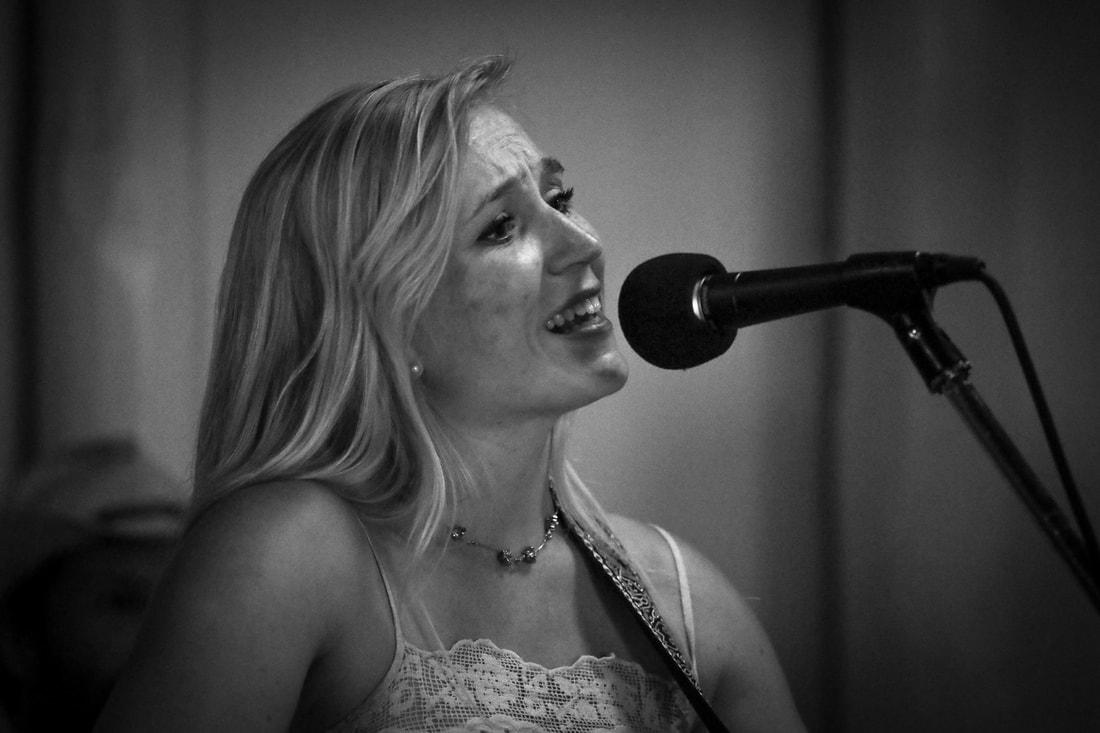
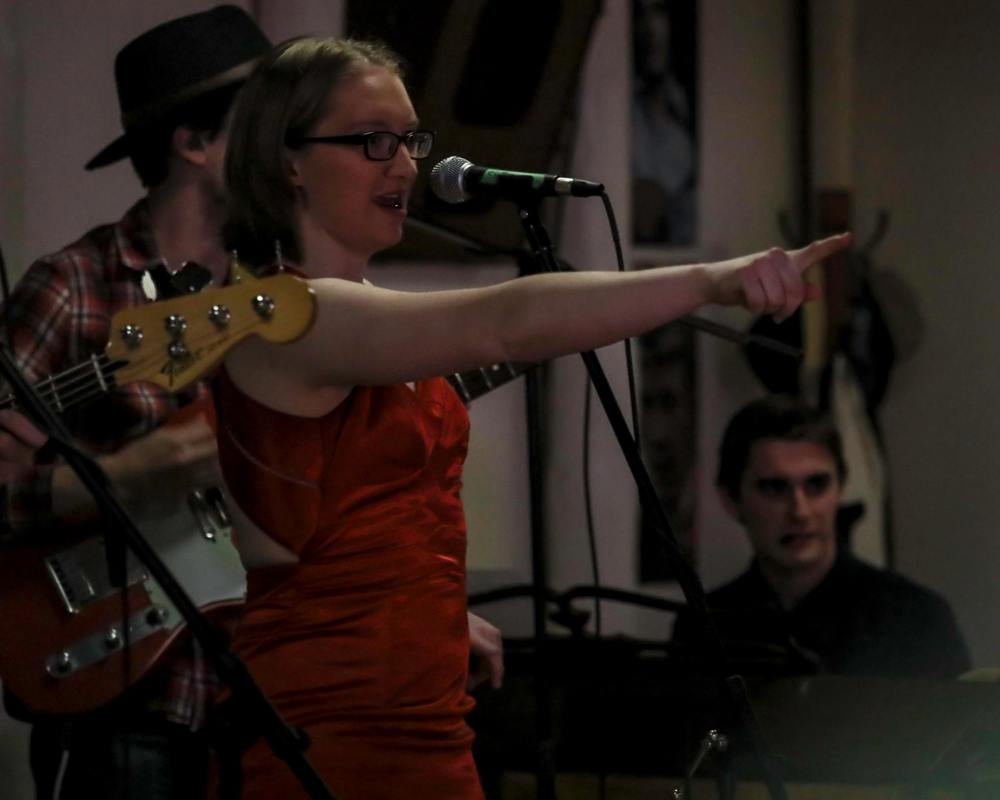
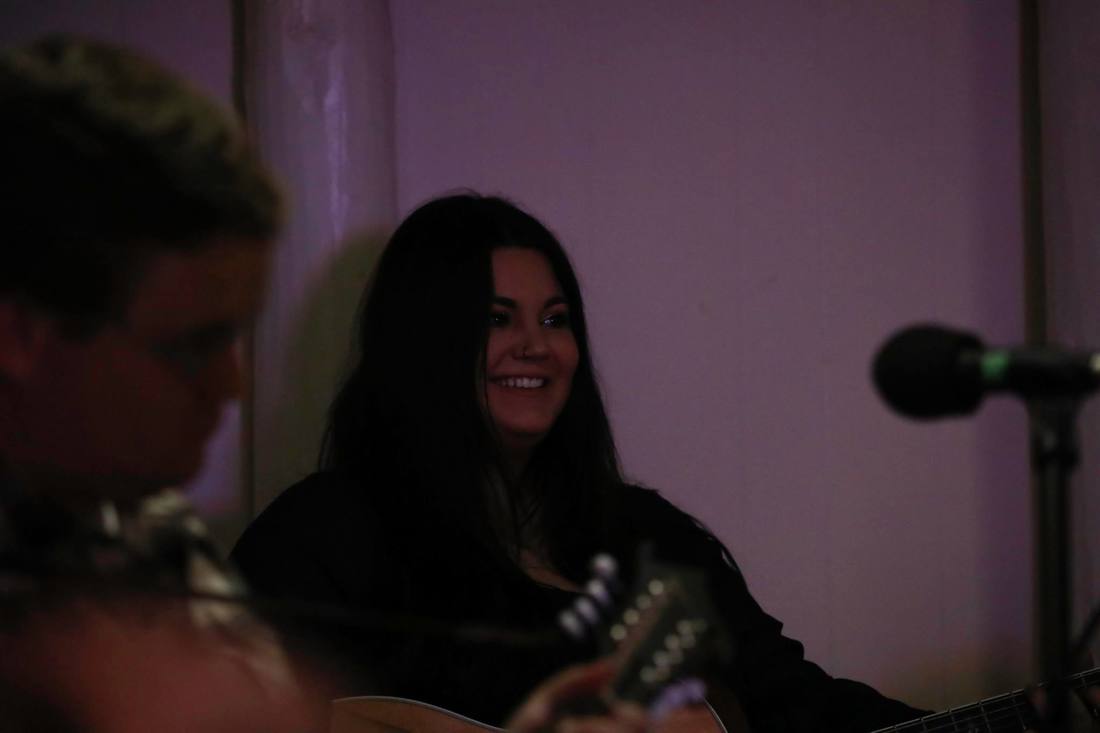
 RSS Feed
RSS Feed
